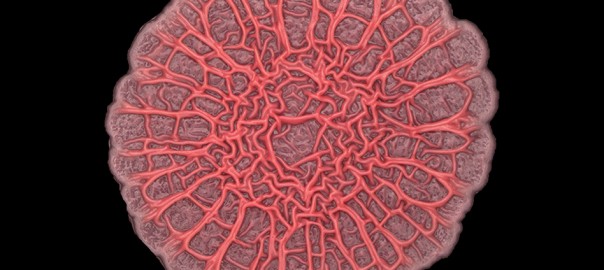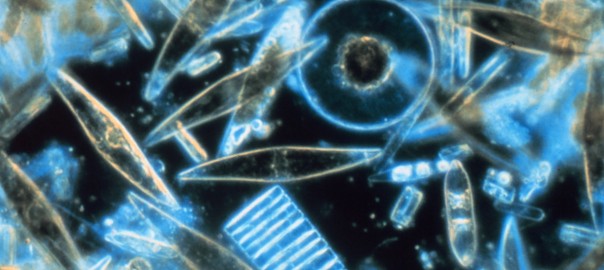For some microbes, the motto for growth is not so much “every cell for itself,” but rather, “all for one and one for all.”
MIT researchers have found that cells in a bacterial colony grow in a way that benefits the community as a whole. That is, while an individual cell may divide in the presence of plentiful resources to benefit itself, when a cell is a member of a larger colony, it may choose instead to grow in a more cooperative fashion, increasing an entire colony’s chance of survival.


